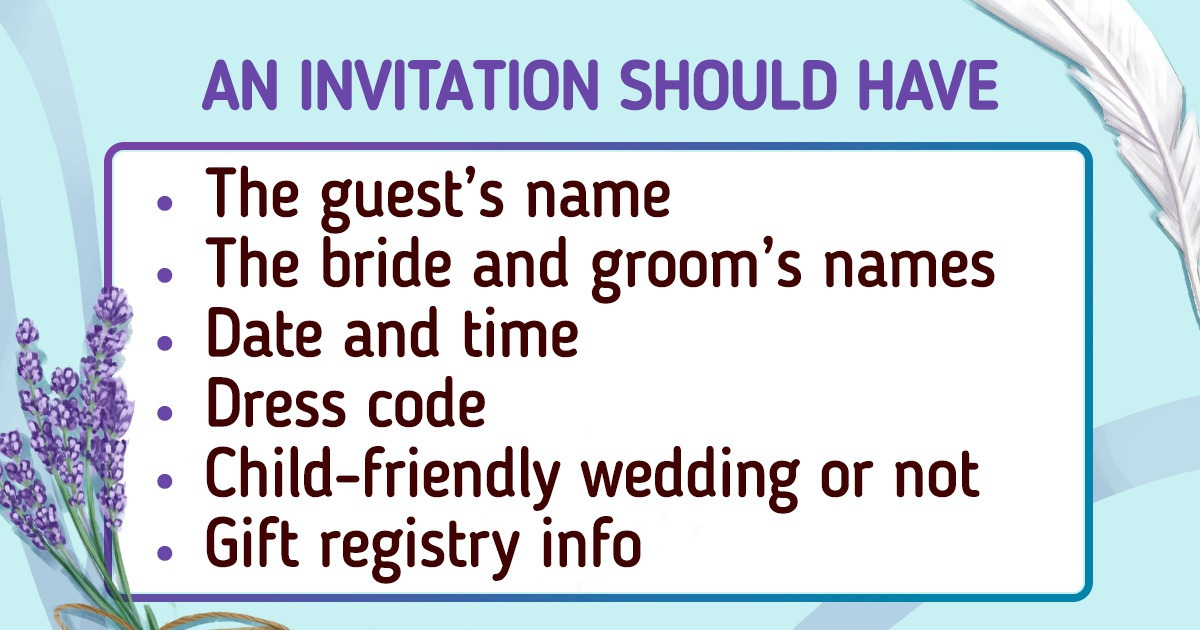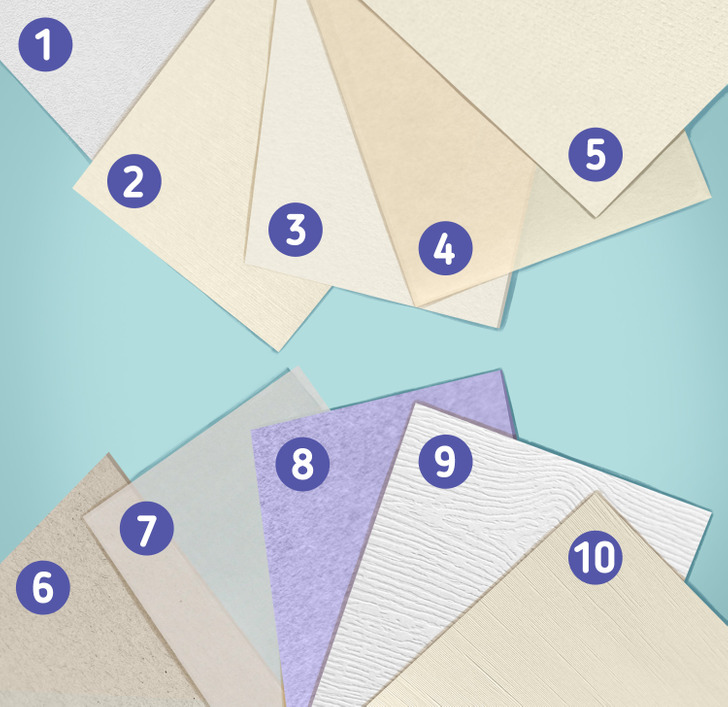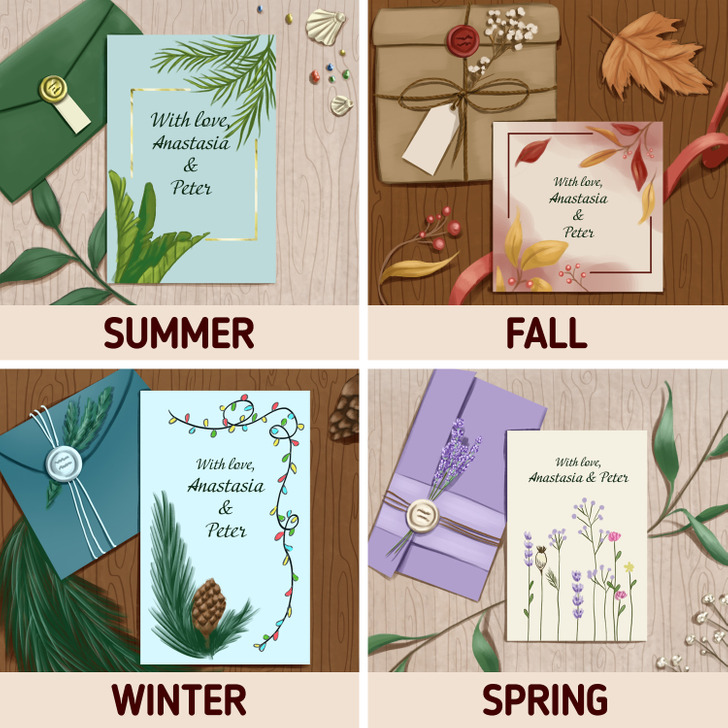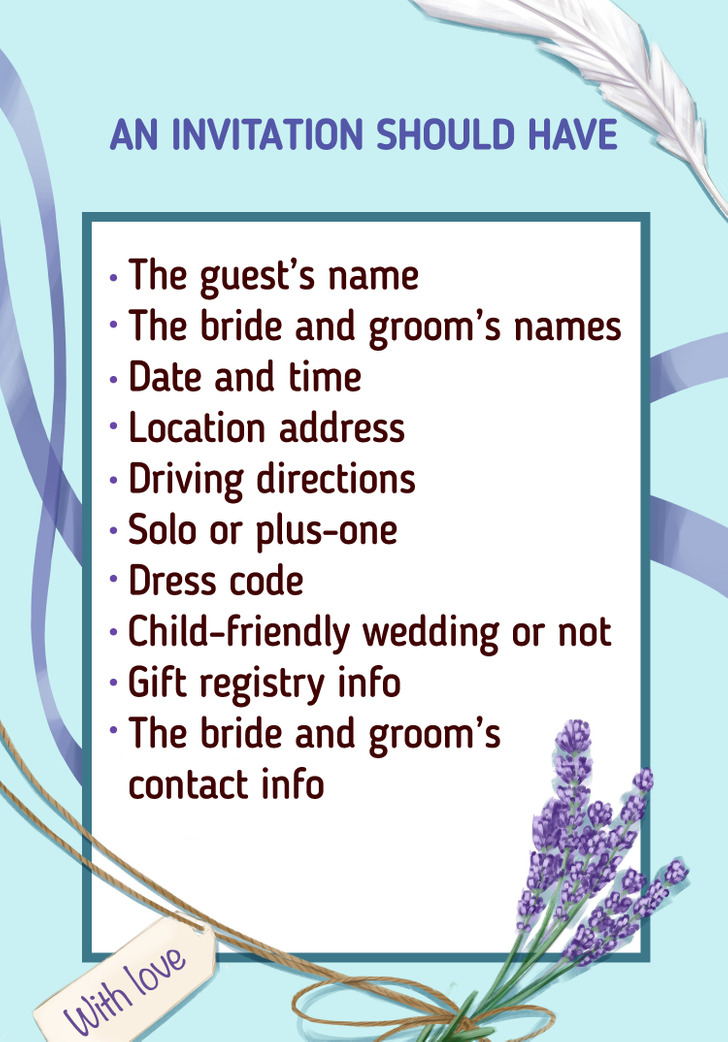How to Make Wedding Invitations Yourself

Wedding invitations can eat up quite a significant part of your wedding budget. However, they are what make the first impression on the guests. The type and style of your invitation can set the tone for the wedding, along with providing important information about where and when the event will take place.
5-Minute Crafts decided to elaborate on the main things that you should take into account when making your wedding invitations.
Choose a material

- White cardstock. It has a smooth matte finish, and is ideal for printing at home. It’s relatively inexpensive, so you won’t have to spend a significant part of the wedding budget on invitations.
- Linen cardstock. It looks like linen fabric with a delicate texture and a matte finish. The texture of a weaved basket is perfect for hiding imperfections or quality issues you might encounter when printing at home. It also adds visual interest to simple invitations.
- Cotton cardstock. It’s relatively smooth to the touch, but absorbs moisture well, unlike vellum or shimmery cardstock. This makes it an excellent material for both laser and inkjet printing.
- Parchment. It’s thin, semi-translucent, and has a marbled look. It’s also soft. Printing text looks good on cotton cardstock, as this material adds depth and thickness.
- Felt cardstock. It’s thick, and has a texture somewhere between cotton and canvas — smooth but rough. Due to its large weight, not all home printers will be able to process it. But if you still find a place where you can print on it, your invitations will have a sophisticated look.
- Kraft. It has a rustic, on-trend look. It resembles the coarse paper used for brown grocery bags, only thicker and more polished. It’s smooth to the touch but has a textured, fibrous look that is perfect for vintage or outdoorsy weddings.
- Vellum. It’s translucent. You can print the invitation details directly on it, but it requires a thicker paper under it for support.
- Colored cardstock. It resembles thick craft paper. It’s incredibly smooth with no texture or grain. It comes in various colors and weights.
- Wood grain cardstock. It has the fine texture of wood grain embossed into the paper. It’s great for accents and underlays and it comes in a variety of colors.
- Laid cardstock. It has thin vertical ridges along the entire length of the paper. It’s a great choice for those who want something different, but still romantic.
Choose your design

Once you have decided on the main material, think about the details. This is important because they will give your invitation a finished look. Search the internet for options, and check out Pinterest. Always keep the style of your wedding in mind.
You should think about the following:
- Size and format — from a standard postcard format to unusual shapes
- Color scheme — refer to the color wheel, use the wedding color scheme, or focus on the time of year your wedding will take place
- Font — it should be easy to read, you can write the text by hand or print it on a printer
- Using illustrations — it can be a cute picture or something related to the bride and groom, it can also just be a beautiful pattern
- Additional materials — sequins, twine, ribbon, wax seal
Writing the text for your invitations

The style of the text for the invitation can be traditional and concise or informal. It all depends on the type of wedding you plan to hold and the bride’s and groom’s preferences. As a rule, invitations should include the following information:
- the guest’s name
- the bride’s and groom’s names
- the date
- the time
- the wedding location and the place where the reception will be held
Apart from the mandatory information, there may be some additional requirements, like:
- whether the invitee can come with a guest
- contact info for the bride and groom, like their phone numbers
- driving directions
- dress code
- whether the wedding is child-friendly
- gift registry info